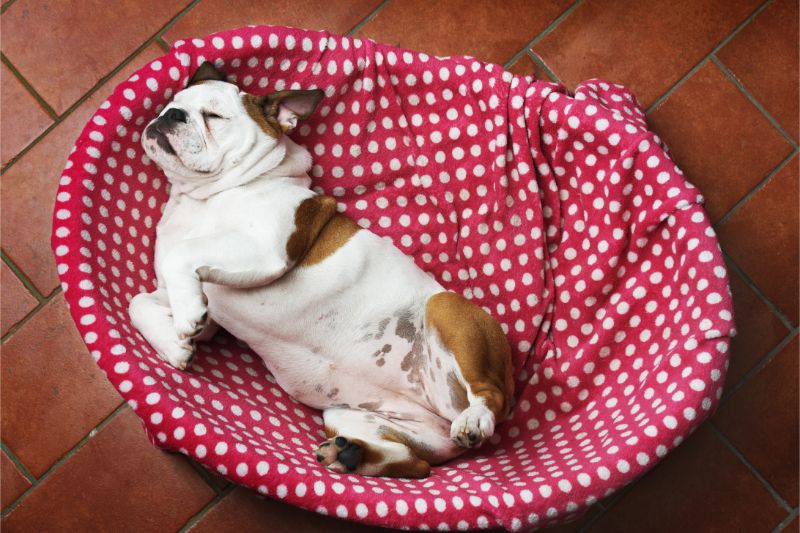

Most of us probably haven’t thought much about it, but pets have belly buttons just like we do. As mammals, they are connected to their mother during pregnancy through an umbilical cord that falls off after birth.
The belly button, or umbilicus, is typically just a cute little scar. Sometimes, though, umbilical hernias in pets can cause problems.
The Hype About Hernias
Hernias happen to both pets and people. They are simply a condition in which the contents of one body area protrude into another. This can include fat, intestines, or even organs like the bladder.
Examples of hernias include:
- Umbilical hernias (opening in body wall near umbilicus)
- Inguinal hernias (opening in the groin)
- Abdominal wall hernia (abnormal opening in the abdomen)
- Diaphragmatic hernia (opening between chest and abdominal cavities)
- Scrotal hernia (opening into the scrotum)
Many times hernias don’t cause any major problems. These are called uncomplicated meaning that whatever they contain is not damaged or compromised in any way.
Complicated hernias, however, often entrap their contents causing damage and impairment of normal function. Sometimes smaller hernias can actually be more harmful than large hernias as they tend to entrap their contents permanently.
A complicated hernia can cause pain, vomiting, swelling, abnormal urination, loss of appetite, and overall lethargy.
Hernias that are causing problems require surgery to fix. It is important to note that uncomplicated hernias may not always remain that way.
Umbilical Hernias in Pets
Umbilical hernias in pets happen when there is an opening in the abdominal wall near the umbilicus. Most umbilical hernias are inherited, but occasionally one occurs after trauma.
It is important to note the genetic aspect of umbilical hernias. If your pet has one, it is advisable to not breed in order to avoid passing this condition on.
Typically hernias are diagnosed on routine physical examination when we feel a soft swelling in the area that may come and go. Sometimes radiographs (x-rays) or an ultrasound is required to confirm or assess the hernia.
At Pets in Stitches, we typically recommend fixing umbilical hernias. Many times this procedure can be included as part of a routine spay or neuter, making recovery time for your pet minimal. In most situations hernia repair can wait until you are ready to spay or neuter, but if you have questions, please call us.
If your pet has a hernia, there is no need to panic. As long as you are aware of the situation and monitoring for signs of complications, your pet should do just fine until surgery can be performed. While repairing them is best practice, most pets with umbilical hernias have happy, healthy lives.
